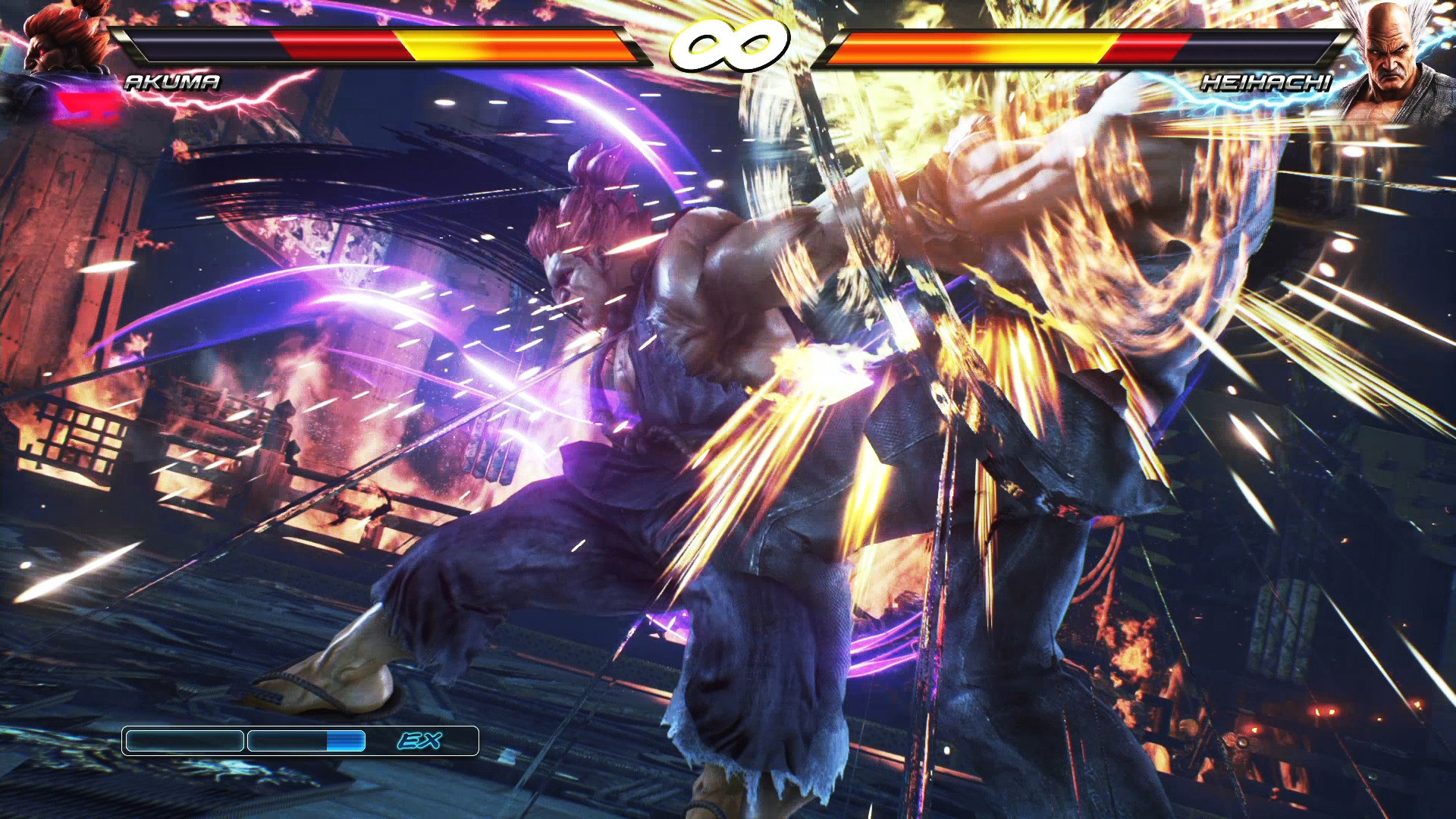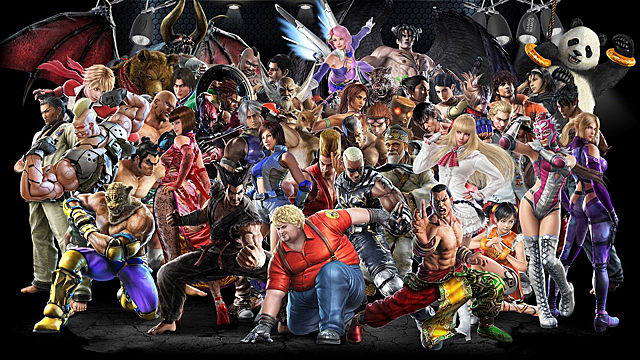

- #What's the best version of tekken 7 pro
- #What's the best version of tekken 7 Offline
- #What's the best version of tekken 7 series
While the story mode has needless filler, the rest of Tekken 7’s offline content could have used some beefing up.

While the character profiles add length to the story, it’s a poor make-good for anyone who has a favorite character outside of the core trio. Each episode features a few paragraphs of banal text to read, followed by a single fight. Opposite the 2-3 hour story are 29 character episodes to tell stories about the rest of the game’s cast. Instead, you are dropped in periodically to progress the jumbled narrative. You don’t ever feel as if you are taking part in the story. While this increases accessibility, it feels totally backwards to the core identity of this very technically oriented fighter, and begs the question: Who was this story made for? The most curious aspect of the main fights is that when one starts, there’s no clear indication beforehand of which side you are on. In these fights, but nowhere else in the game, there’s a “story assist” function that makes combo moves easier to perform. The other half of the battles, the “real” fights, are standard best of three matches. That never becomes a problem, though, as the enemies are basically test dummies, there solely to be demolished without putting up a fight. You have one health bar in these fights, and it doesn’t refill with each slain enemy. Half of your battles feature waves of identical enemies to run through. The Mishima saga finale creates more questions than answers.įor a fighter that values precision, the story mode devolves into a button masher. It’s a curious blend of retreading events from past games, and filling in backstory. For fans who have followed (or tried to follow) the story over the past 20-plus years, Tekken 7 doesn’t offer a satisfying, comprehensive conclusion.

The implication, that Tekken 7 would somehow elevate or focus on its narrative, seems disingenuous, to say the least. Leading up to launch, Tekken 7 was billed as the final chapter of the Mishima family saga, which would fill in the often confusing gaps in series’ long, winding story, settle the conflict among three generations of Mishima men - Heihachi, Kazuya, and Jin - and finally reveal the origin of the “Devil” gene, which allows Kazuya and Jin to transform into demons.

There’s an immersive and incredibly layered fighting experience to be found, but Tekken 7 doesn’t make a convincing argument that you should stick around to find it. Even the online format, where Tekken 7 should ideally get its legs, lacks the kind of progression fans of come to expect of all games in 2017. From an underwhelming story to the uninspired offline variants, it feels surprisingly half-baked. Unfortunately, minor gameplay refinements aside, Tekken 7 settles on being not much more than a re-skinned, prettier version of Tekken 6. After such a long layoff, one would expect Tekken 7 to feel fresh and exciting. While it’s only been a few years since Tekken Tag Tournament 2arrived, it’s been almost seven since the last canonical entry in the franchise, Tekken 6, came to consoles. That isn’t necessarily bad, but it’s a bit disappointing that, after such a long wait, the overall experience feels too familiar. However, besides a few, albeit welcome, adjustments, Tekken 7 is still Tekken. On a purely mechanical level, Tekken 7 is a deep, strategic fighter, with new visuals that benefit from new, more powerful hardware. To say that Tekken 7 has deep combat would be an understatement. There’s not enough here to keep those outside of the serious fighting game bubble occupied. This version of the game takes Fated Retribution, and adds a single-player story mode and other features to provide the most comprehensive version of the Tekken 7 experience. Tekken 7 launched in Japanese arcades in 2015, followed by an updated arcade version, Tekken 7: Fated Retribution. Like all entries in the long-running series, this Tekken 7 is actually an enhanced port version of a fairly long-standing arcade game. To its credit, the game is still approachable for casual fans thanks to its arcade roots.
#What's the best version of tekken 7 series
Heihachi Mishima, a series favorite, has 78, in addition to a large assortment of (sometimes) incredibly complex combo strings. It’s okay, this happens in a game where each character has more than 50 named moves - many more when counting combos. You’ll look down at your controller, rack your brain trying to remember what combination of buttons you inadvertently pressed, and, inevitably, pause the game to check your move list.
#What's the best version of tekken 7 pro
Unless you’re a fighting pro (and even if you are), chances are that at some point you will try to input a certain move in Tekken 7, but instead of watching the attack play out on screen, your fighter will do something you haven’t seen before.


 0 kommentar(er)
0 kommentar(er)
